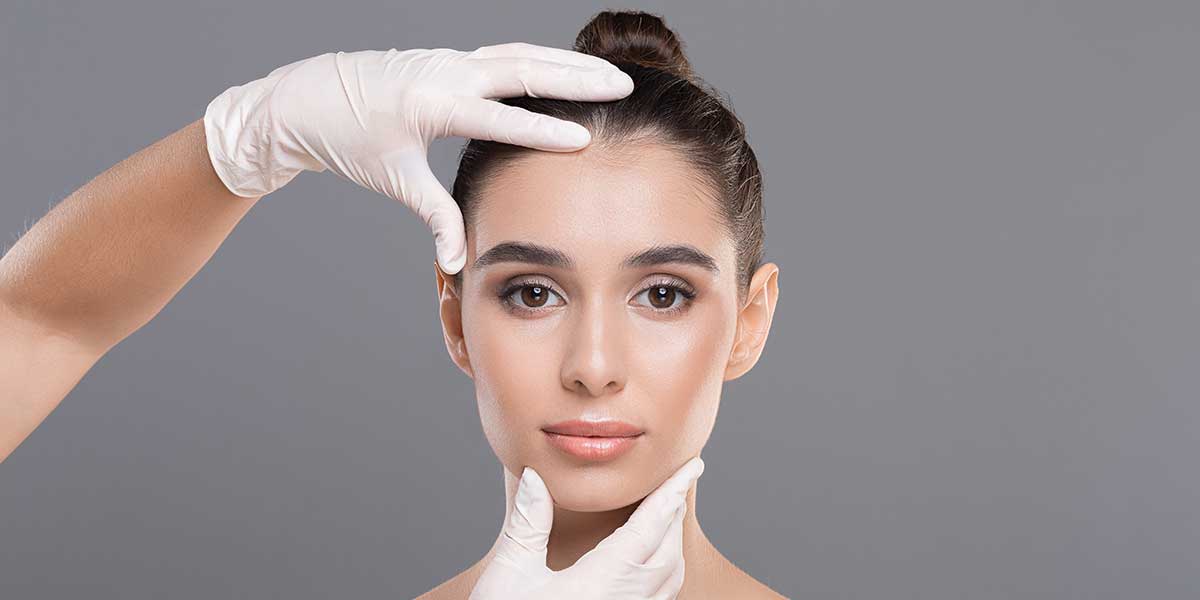Rhinoplasty in Riyadh (عملية تجميل الأنف في الرياض)has become one of the most sought-after cosmetic procedures, offering patients the opportunity to enhance their facial features and improve nasal function. While much focus is placed on the surgery itself, understanding the healing process after rhinoplasty is equally important for a successful outcome. This comprehensive guide explains the different stages of healing, what to expect, and how you can support your recovery for the best possible results.
What to Expect Immediately After Rhinoplasty in Riyadh
The journey of healing begins right after the surgery, during the first few days when the body starts to respond to the procedure. This phase includes swelling, bruising, and discomfort, which are all natural signs of healing. Swelling typically peaks within the first 48 to 72 hours, and bruising around the eyes can appear during this time. Patients may also experience mild pain or tenderness, easily managed with prescribed medications. It’s crucial during this initial phase to follow post-operative instructions carefully, avoid strenuous activities, and keep the head elevated to reduce swelling.
The First Two Weeks: Signs of Progress and Care Tips
During the first two weeks after Rhinoplasty in Riyadh, the most noticeable swelling and bruising begin to subside. The nasal splints or casts, if used, are generally removed after about a week, giving patients their first clear glimpse of the changing shape of their nose. At this stage, gentle care is essential. Avoid activities that may impact the nose, like heavy lifting or bending over. Patients should also refrain from wearing glasses that rest on the nose to prevent pressure on the healing tissues. Good nutrition, hydration, and avoiding smoking can all accelerate healing during this pivotal time.
The Role of Tissue Regeneration and Scar Formation
Healing after rhinoplasty involves the body's natural tissue regeneration process. Inside the nose, tissues are mending and adjusting to their new structure, while externally, scars may form around surgical incisions. These scars are generally minimal and fade significantly over time, especially when cared for properly. Using recommended ointments and keeping the area clean can reduce scar visibility. Patients must also avoid excessive sun exposure to prevent pigmentation changes in healing skin. Patience is key here, as internal healing may continue for several months, impacting the final results.
Long-Term Healing: What Happens 3 to 6 Months Post-Surgery
By three to six months after Rhinoplasty in Riyadh, most of the major swelling will have resolved, and the nose begins to settle into its final shape. Although the outside appearance looks nearly complete, internal tissues are still refining. Nerves damaged during surgery slowly regenerate, improving sensation in the nose. It is common for patients to notice subtle changes during this period, including softening of stiffness or minor swelling, especially at the nose tip. Maintaining regular check-ups during this time ensures any concerns are addressed promptly and helps support optimal healing.
Lifestyle Adjustments to Support Healing After Rhinoplasty
Healing doesn’t stop at physical changes; lifestyle adjustments also play a significant role in recovery quality. Patients are advised to maintain a balanced diet rich in vitamins that promote tissue repair, such as vitamin C and zinc. Avoiding alcohol and smoking reduces complications and speeds up recovery. Getting adequate rest and sleep helps the body regenerate faster. Additionally, managing stress is essential, as it can negatively impact immune function and delay healing. Engaging in gentle walks after the initial rest period can boost circulation without risking injury.
Recognizing and Managing Possible Complications
Although healing typically follows a smooth path, being aware of potential complications is crucial. Signs such as excessive bleeding, severe pain, signs of infection, or abnormal swelling should prompt immediate medical consultation. In rare cases, improper healing might cause asymmetry or breathing difficulties, necessitating follow-up revisions. Understanding what is normal during healing helps alleviate anxiety and encourages prompt action when something is amiss. Patients should always keep open communication with their surgeon or care provider throughout recovery.
How Patience Enhances the Overall Outcome of Rhinoplasty
One of the most important aspects patients often overlook is the time it takes for the final results to be visible. Premature judgments about the surgery outcome during early healing phases can cause unnecessary stress. With Rhinoplasty in Riyadh, surgeons typically advise waiting at least a year for complete healing and tissue stabilization. Embracing patience encourages a more positive mindset and allows the nose to reveal its true shape gradually, reflecting the skill and care involved in the procedure.
Frequently Asked Questions
Q1: How long does the initial swelling last after rhinoplasty?
Initial swelling usually peaks within 2 to 3 days and begins to reduce significantly within two weeks, though minor swelling may last longer.
Q2: When can I resume normal physical activities after rhinoplasty?
Light activities can often be resumed after two weeks, but strenuous exercise should be avoided for at least 6 to 8 weeks to prevent complications.
Q3: Will there be visible scars from rhinoplasty?
Most incisions are made inside the nose, resulting in minimal visible scarring. External scars, if any, typically fade over time with proper care.
Q4: How can I reduce swelling and bruising after surgery?
Keeping the head elevated, using cold compresses in the first 48 hours, and following medical advice help reduce swelling and bruising.
Q5: Is it normal to experience numbness after rhinoplasty?
Yes, numbness is common and usually temporary as nerves heal over several months post-surgery.
Q6: Can smoking affect the healing process after rhinoplasty?
Smoking impairs blood flow and delays healing, increasing the risk of complications; it is strongly discouraged before and after surgery.





Comments